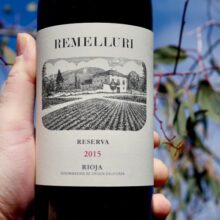
Product information
Remelluri Rioja Reserva 2015
from Spain, San Vicente de la Sonsierra, Labastida, La Rioja, Alavesa
$125
Description
The estate red 2015 Reserva was produced with Tempranillo, Garnacha and Graciano from their 86 hectares of vineyards. It’s from an early harvest after a warm and dry year that achieved perfect ripeness with some rain at the end of the cycle. It fermented with indigenous yeasts in stainless steel and oak vats and matured in barrel for 21 months. It combines youth with development, power with elegance and comes through as clean and defined, with a medium to full-bodied palate, focused flavors and a dry but lively finish. 259,400 bottles produced. It was bottled in April and May 2018. Drink Date: 2021 – 2028
Luis Gutiérrez, The Wine Advocate 94 Points
Remelluri Estate (aka reserva) Since Telmo’s return it’s a noticeably brighter, marginally richer, fabulously brambly red berry wine with wonderful florals. Tempranillo predominantly, with a little Graciano and Garnacha, plus field blend Viura and ‘Malvasia’. Fermentation is in large conical oak vats, with pigeage. Malo is mainly in vats, with a portion in barrique. New oak ageing is reserved for the most structured fruit; most gains secondary character from ‘oxidative’ ageing in older wood. After about 17 months ageing, it’s bottled unfiltered.
Another fascinating incarnation of Rioja. Make sure to give it a good splash in a decanter and drink over a couple of days in it’s youth, the fruit and oak quickly fall into a fresh harmonious place.
Of the 4 we’ve offered recently this is the boldest, with a lick of oak. When you explore the 3 dimensions of significance development, fruit style and oak each offers a different interpretation.
José Gil: Sit in the middle of the spectrum of fruit intensity, the no wood end of the spectrum, and are the earliest to be released after just a couple of years.
Urbina: The most bottle age of the 4 released after 16-18 years. Great complexity and intensity with a degree of restraint. No overt wood.
Viña Tondonia: The most developed and elegant of the 4 with some 8 years in barrel and 4-5 years in bottle before release. Drinks like a super fresh 30 year old wine.
Remelluri: The most fruit intense of the 4 with the most oak, all be it restrained, adding a layer of interest to flavours and mouthfeel. The most intense and dark fruited. Released after 7 years. Still needing 5+ years to settle.
In stock



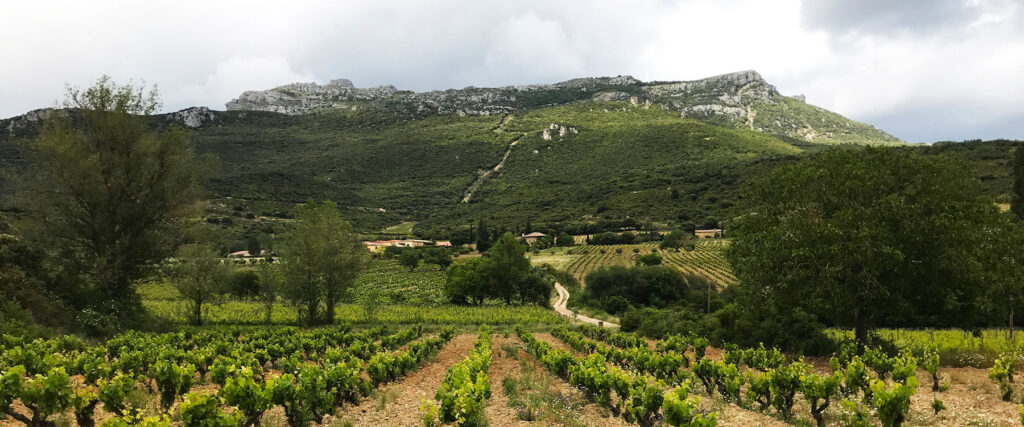
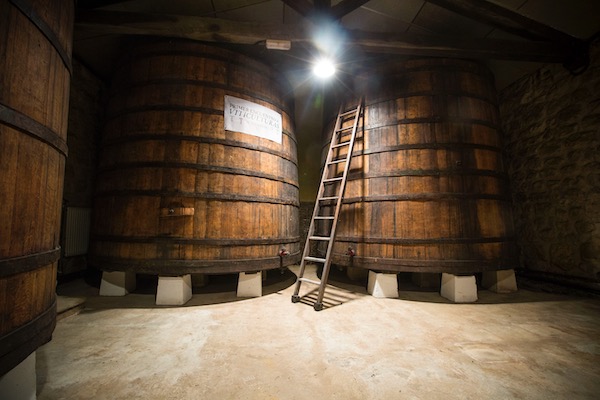
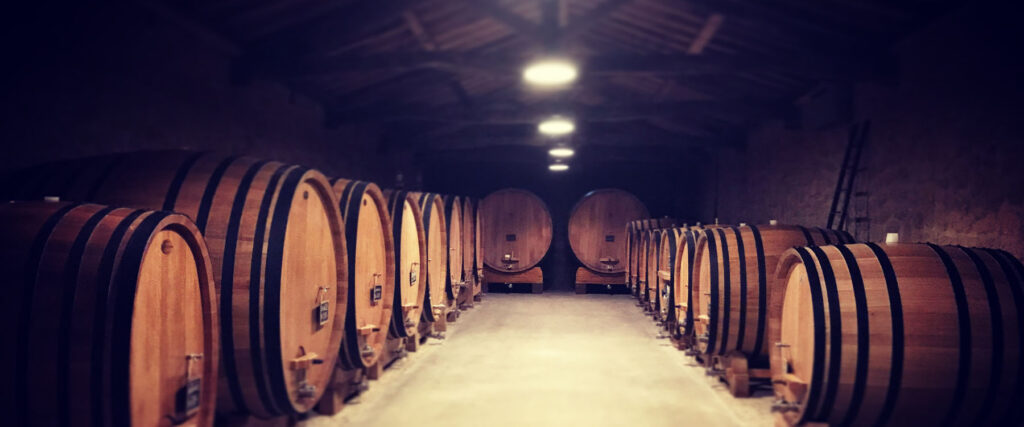
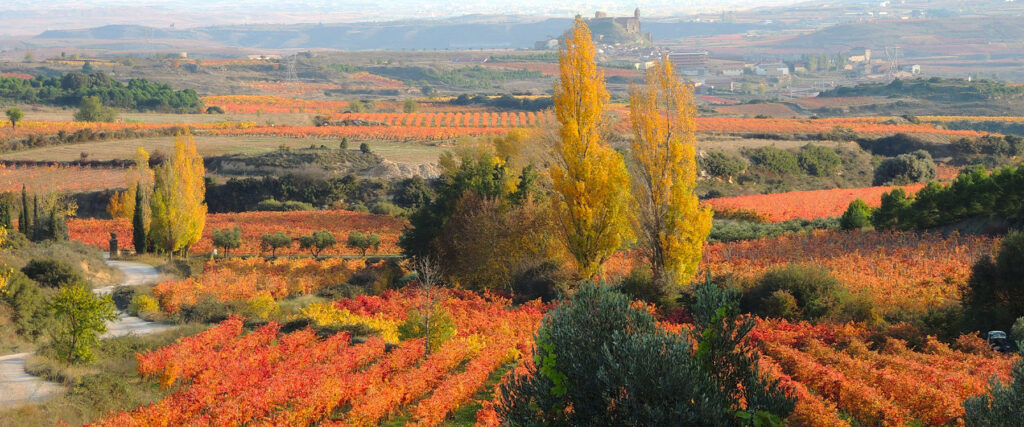
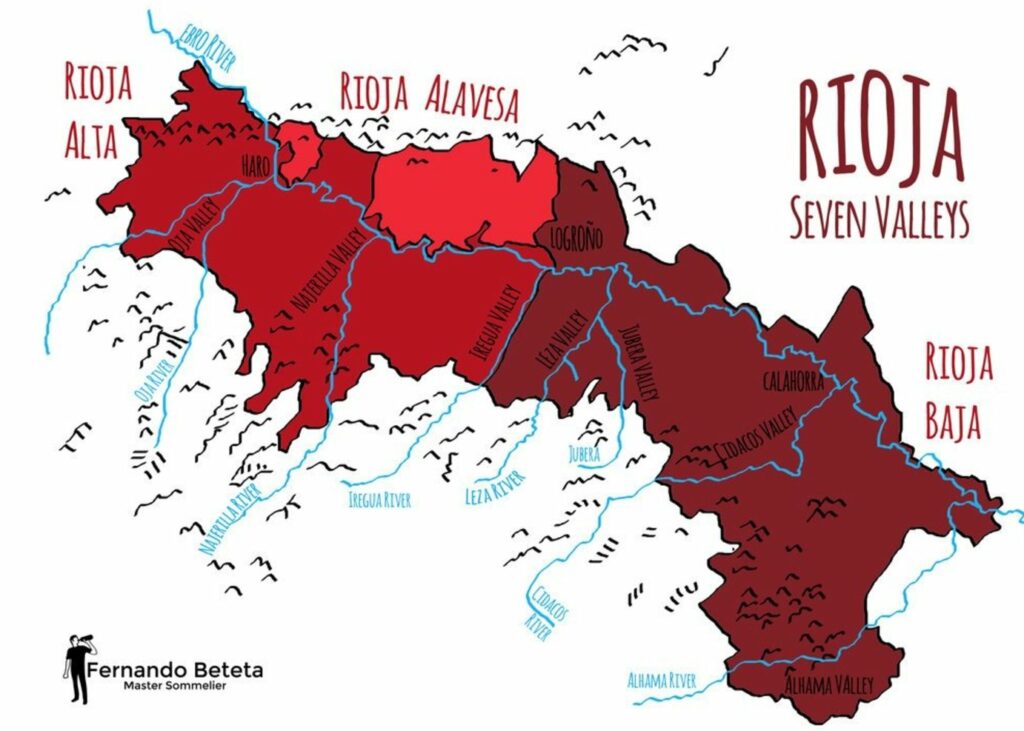
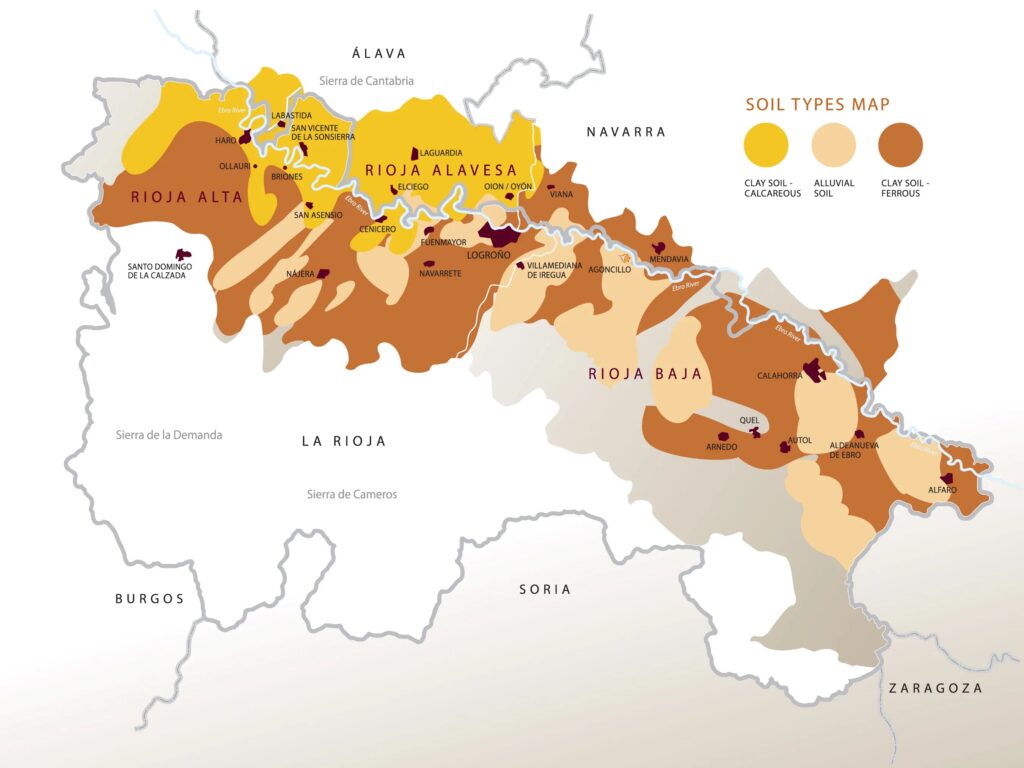
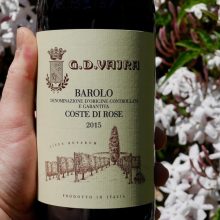
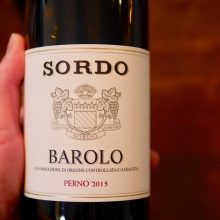
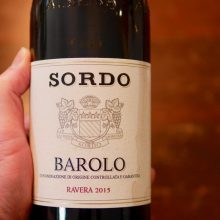
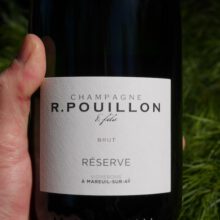
You must be logged in to post a comment.